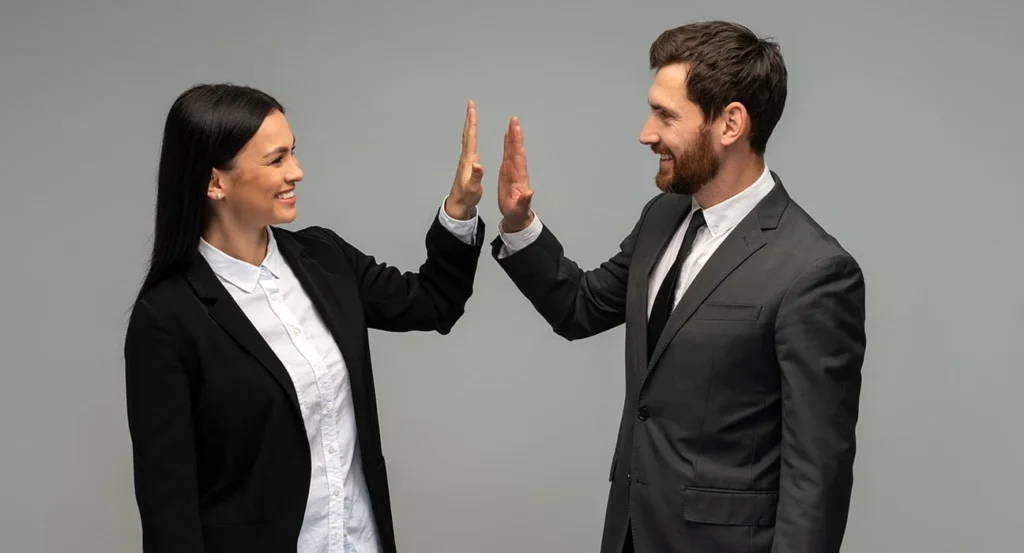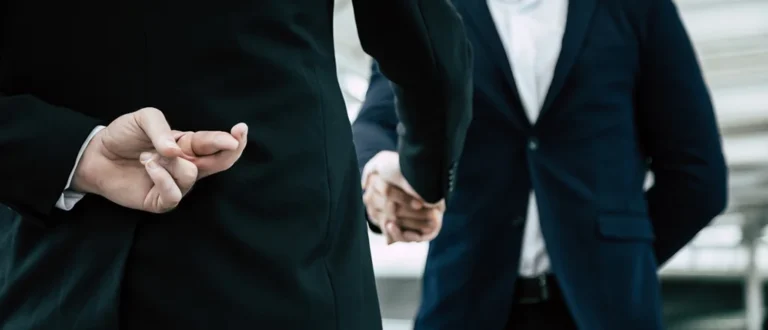How to Spot a Lie: In a world where deception can have serious consequences, knowing how to spot a lie is a valuable skill. Whether you’re a professional investigator or simply someone who wants to be more perceptive in daily interactions, understanding the science of lie detection can be incredibly useful. Let’s dive into expert techniques, drawing from the experiences of former FBI agents and scientific research.
The Science of Deception: Understanding Lie Detection
Before we delve into specific techniques, it’s important to understand that lie detection is a complex science. Research from the American Psychological Association shows that even trained professionals often struggle to detect lies with high accuracy. However, by understanding key indicators and behavioral patterns, we can significantly improve our ability to spot deception.

Key Insights for Spotting Lies
Timing and Clusters: The First Line of Defense
One of the most crucial aspects of lie detection is timing. Former FBI agents emphasize the importance of observing behavior within the first few seconds of a response:
- The 5-Second Rule: Look for deceptive behaviors within the first 5 seconds of a response.
- Cluster Analysis: Two or more deceptive behaviors occurring together indicate a likely lie.
Verbal Indicators: What They’re Saying (and Not Saying)
Words can be powerful indicators of deception. Here are some key verbal cues to watch for:
- Evasiveness: Not directly answering the question asked.
- Failure to Deny: When accused, a truthful person typically offers a clear denial. Liars often avoid direct denials.
- Convincing Statements: Focus on being a “good person” rather than addressing the specific issue.
- Exclusionary Qualifiers: Use of phrases like “not really,” “for the most part,” or “fundamentally.”
Nonverbal Indicators: The Body Doesn’t Lie
While no single behavior definitively indicates lying, certain nonverbal cues can suggest deception:
- Behavioral Pause: An unusual delay before responding.
- Verbal/Nonverbal Disconnect: Words not matching body language.
- Anchor Point Movements: Shifting feet or body position when seated.
- Grooming Gestures: Adjusting clothing, hair, etc.
- Hands to Face: Touching nose, ears, or scratching.

Advanced Lie Detection Techniques
Aggression and Inappropriate Reactions
Liars often display behaviors that don’t match the situation:
- Aggression: Attacking the questioner or a third party.
- Inappropriate Level of Concern: Over or under-reacting to questions.
Referral Statements: The Power of Repetition
Pay attention to repeated phrases:
- Liars often use referral statements, repeating certain phrases to reinforce their innocence.
Cautions and Considerations in Lie Detection
While these techniques can be powerful, it’s important to approach lie detection with caution:
- Look for Clusters: Isolated behaviors may not indicate lying. Look for multiple indicators.
- Consider Context: Baseline behavior and situational factors are crucial.
- Be Aware of Biases: Our own preconceptions can influence how we interpret behaviors.

Putting It All Together: A Holistic Approach to Lie Detection
Effective lie detection requires a combination of keen observation, understanding of human behavior, and practice. A study published in the Journal of Nonverbal Behavior suggests that integrating verbal and nonverbal cues significantly improves lie detection accuracy.
Remember, these techniques are not foolproof and should be used in conjunction with other investigative methods for the most accurate results. With practice and careful observation, however, you can significantly enhance your ability to spot deception in both personal and professional settings.
Conclusion: How to Spot a Lie
Learning to spot lies is more than just a skill—it’s an art form that combines science, psychology, and intuition. By understanding the key indicators of deception and practicing these techniques, you can become more adept at navigating the complex world of human interaction. Whether you’re in law enforcement, business, or simply want to be more perceptive in your personal life, the ability to detect lies can be an invaluable tool in your communication arsenal.
Remember, the goal isn’t to become overly suspicious, but rather to cultivate a more nuanced understanding of human behavior. With these insights from former FBI agents and scientific research, you’re now better equipped to navigate the intricate dance of truth and deception in your daily interactions.


